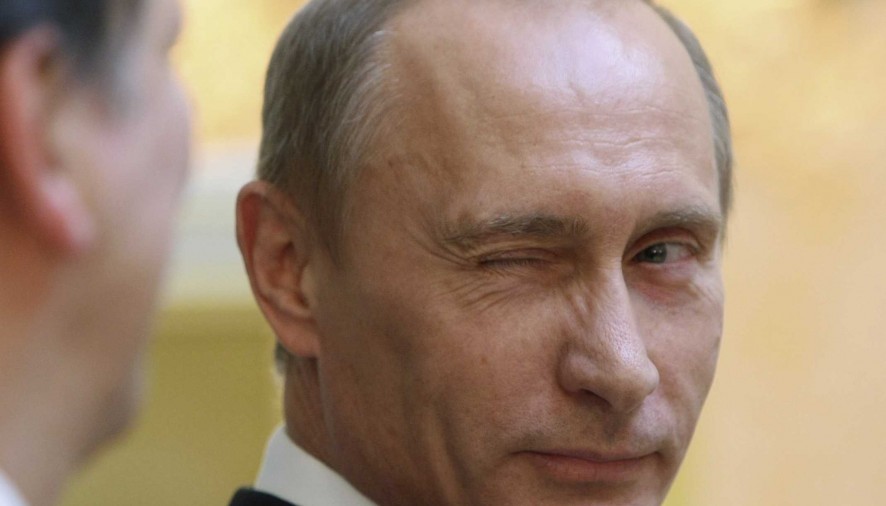News of Russia moving ballistic missiles into Kaliningrad sparked mixed reactions: resignation, anger, and apocalyptic fear. Further was Russian testing that shows, yes, the Russian Navy can still fire a missile out of a submarine. None of this should be surprising, in fact it has a reassuring predictability to it. Russia has long seen mutual nuclear deterrent as the guarantor of lasting international peace. Naturally NATO’s former Soviet members feel less than happy about Russian nuclear forces meandering about Europe, and the US has historically tried to balance Eastern European and Russian concerns. However, considering Russian actions in Syria and Ukraine, the US decided to go ahead with their planned NATO missile defence system. Russia’s response is fine, it’s quite light. The NATO Review argued Russia’s stance is a ploy to shore up domestic support by creating a fear of foreign entities. Putin stated Russia’s position in June, that respect for mutual nuclear deterrent “provide(s) strategic balance to the world, which guarantees peace on the planet”. This is not Russia suddenly looking to create fear, it is a position they have consistently towed since the Anti-Ballistic Missile Treaty was signed in 1972.
Despite Kaliningrad, Russia shows no signs of wanting to break the peace in Europe. In Ukraine, it continues to walk a fine balance between ignoring and embracing the breakaway regions. Embrace them and they risk more sanctions on the ailing Russian economy. Ignore them, Luhansk and Donetsk risk collapse, and conflict flares again. Revelations that Russia is paying public sector wages of the breakaway regions fits this balancing strategy, trying to reach a careful understanding and peace that sates its political interests at home and abroad. In future, it may hope to help develop something akin to the unrecognised, but functioning and stable states of Abkhazia and Transnistria; a not unreasonable or hostile aim. Syria will continue to be a point of strain with Russia, but it is difficult to see how it could escalate while the US supports a rebellion that lacks any sort of political movement or doctrine. That is not to say that the US is mistaken in its support, but that its unlikely to intervene further against Government forces.
Despite this, war is a possibility, but not while the current political order in Eastern Europe remains intact. The fall of Poroshenko’s presidency to ultranationalists could restart conflict in Ukraine, but any truly apocalyptic outcome would likely be in Estonia. Hosting a large and often disgruntled Russian minority, enflamed tensions there or a shift towards Estonian nationalist policies would create an angered Russian minority and a voter base at home demanding action from Putin. Further, Estonia, unlike Ukraine, is a NATO member, bound by the collective defence clause. However, Estonia, unlike Ukraine, is a stable, developing nation with good governance.
So, as long as nothing goes horribly, horribly, wrong, we’ll all be fine.
Edmund Goldbrick
(Image courtesy of Veterans Today)

